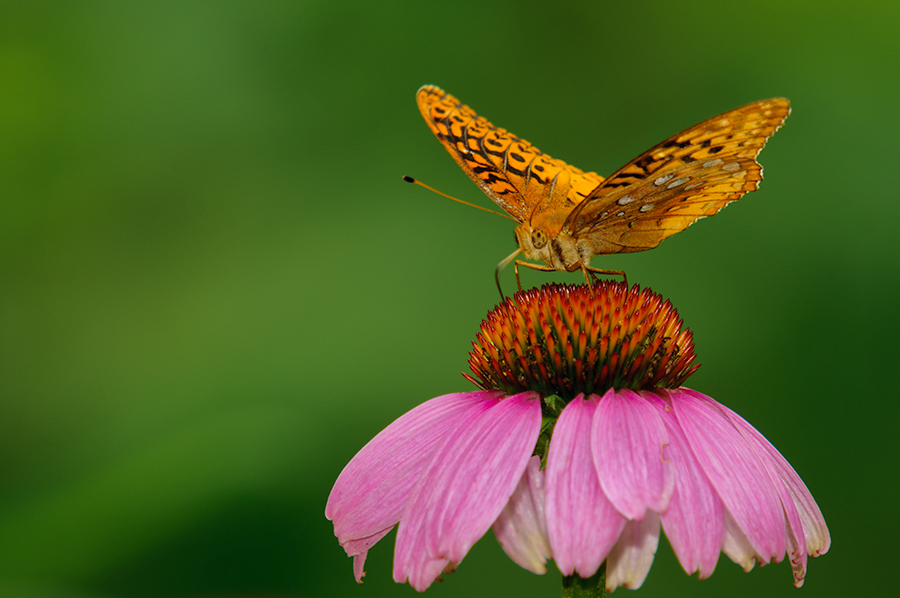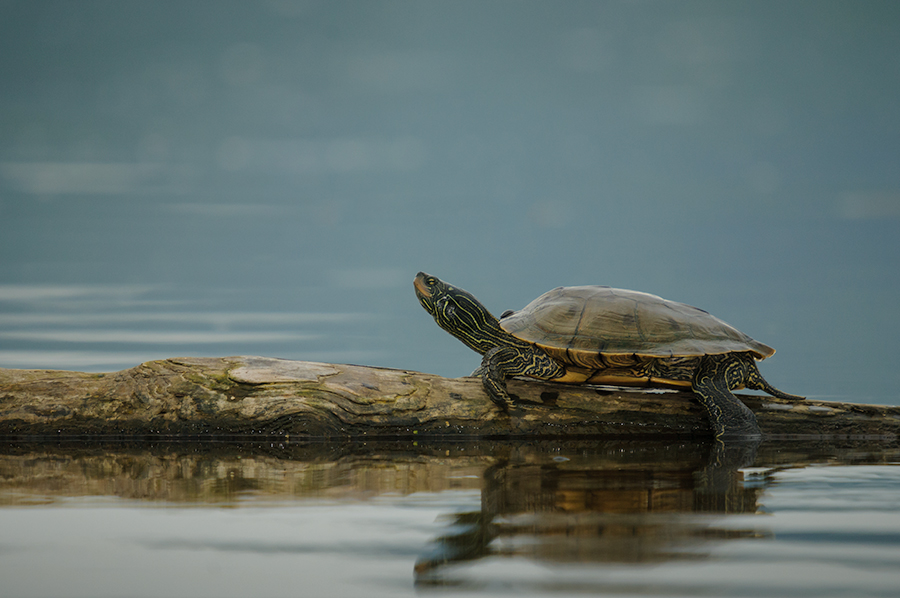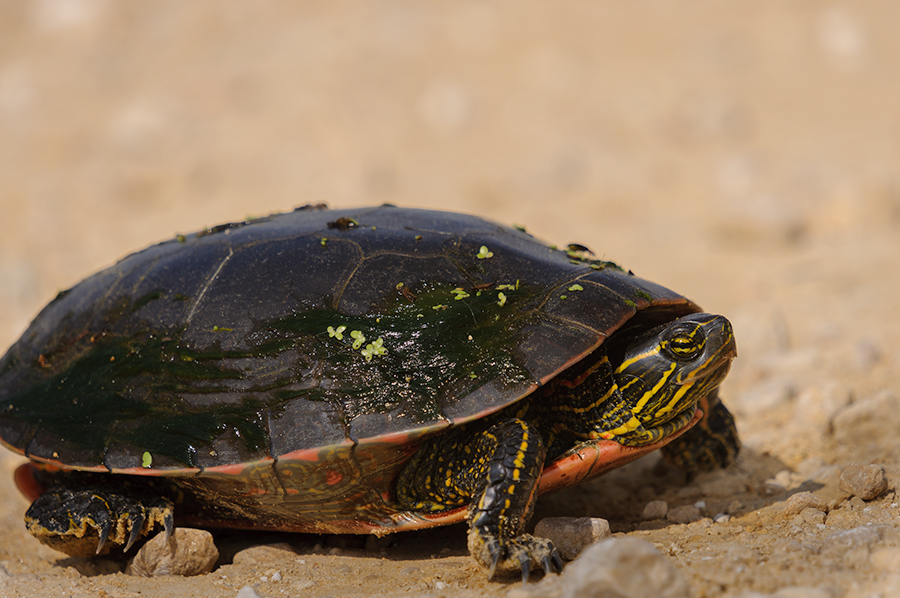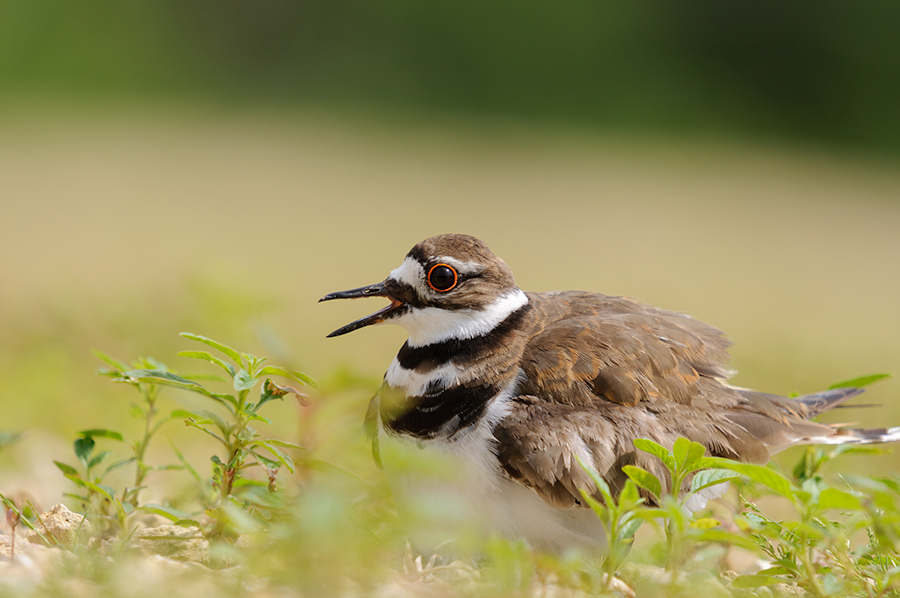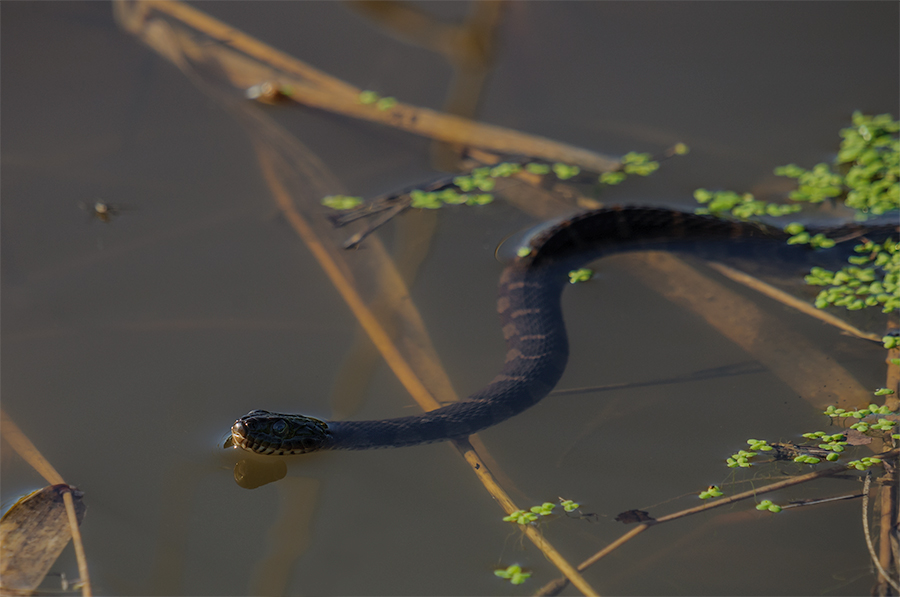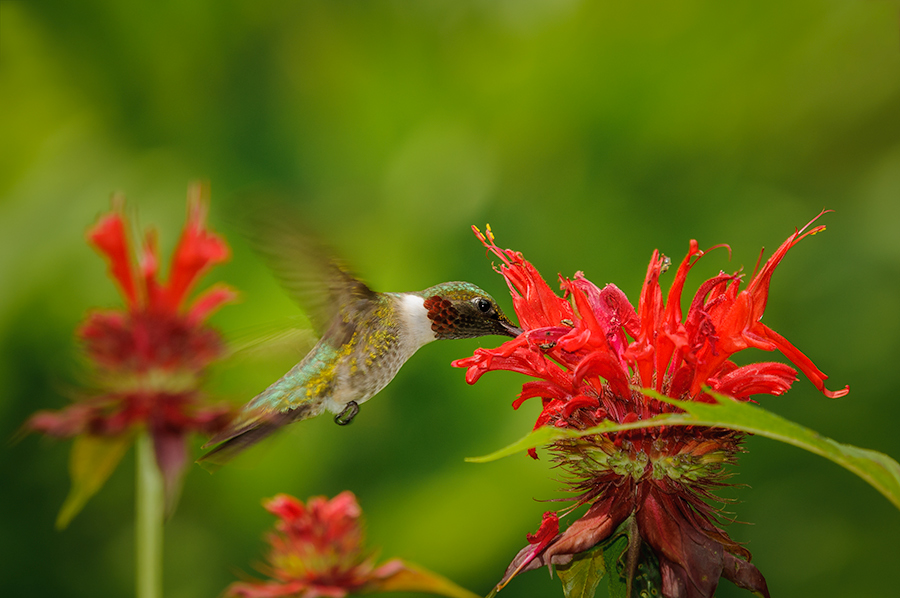
As deeper I dive into wildlife photography as more I become aware that a simple gesture of an animal can make the difference between a great photo and a not so great photo. If the animal doesn’t “cooperate” at least some great light can make the difference. This is especially true for critters that everybody has seen before or that are relatively common.

We can find the Eastern Cottontail at several places around here and these photos were again made at Finley’s Landing down at the Mississippi River. But that doesn’t mean it is easy to make a good click. The best way to make it happen with these young bunnies is to let them come to you. Simple sit and wait for your chance.

I used my car as a blind again and after a while they didn’t run away and came very close to the vehicle. I enjoy watching the cute cottontails chewing on some fresh grass or chasing each other in the evening. And as I said, if the gesture is right or the light is killer, the click has to be made…

